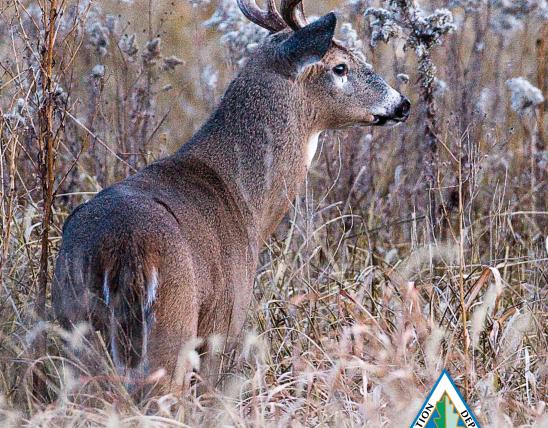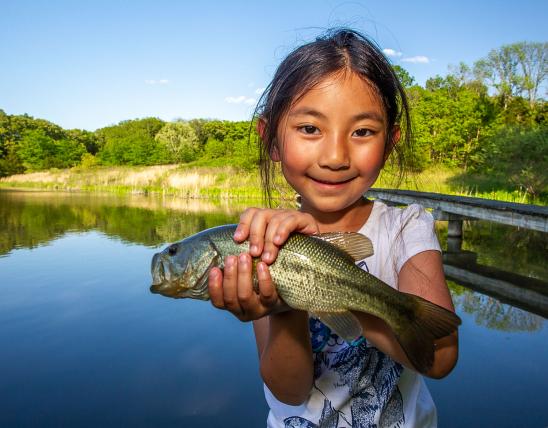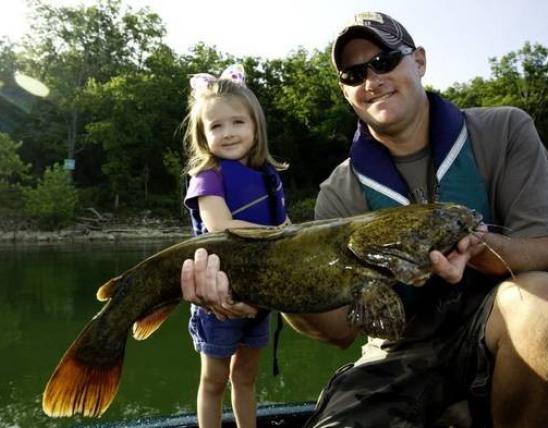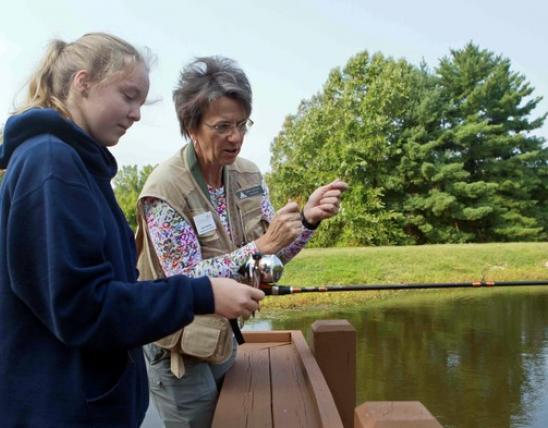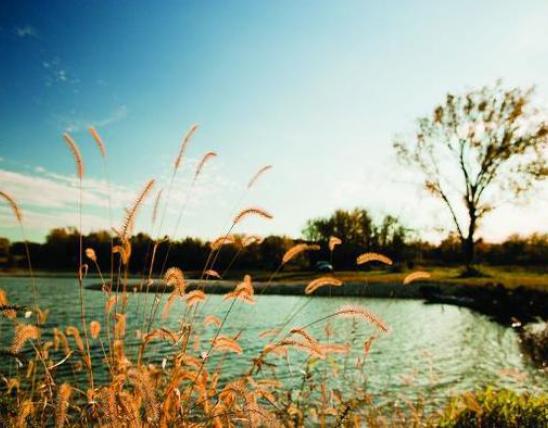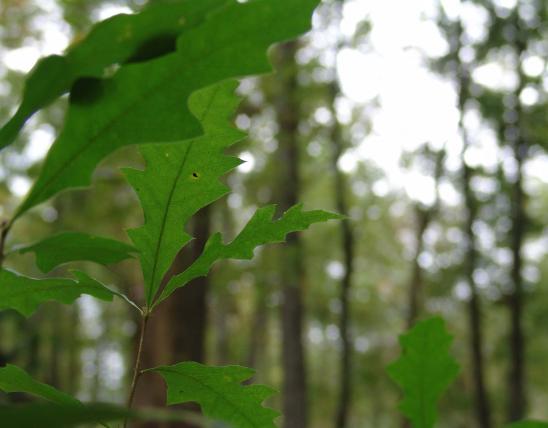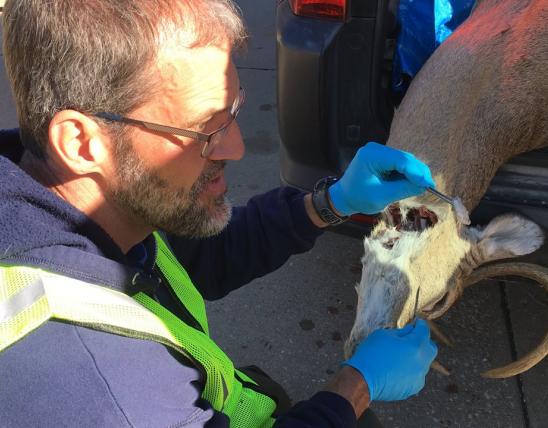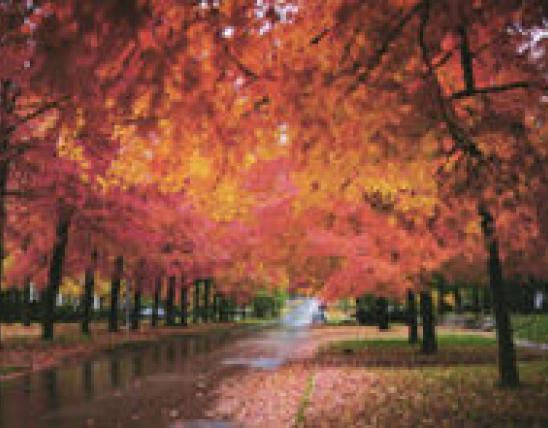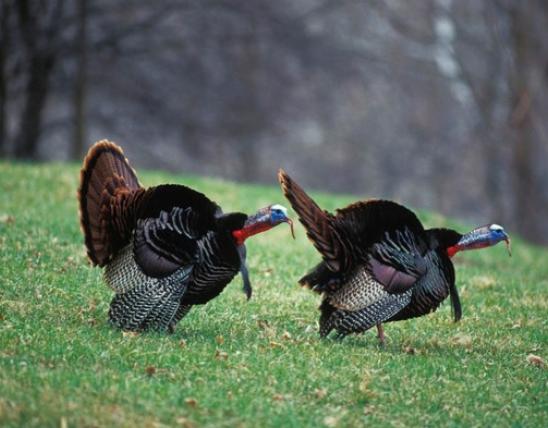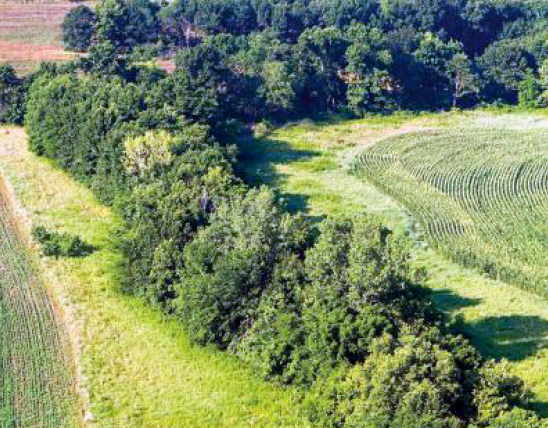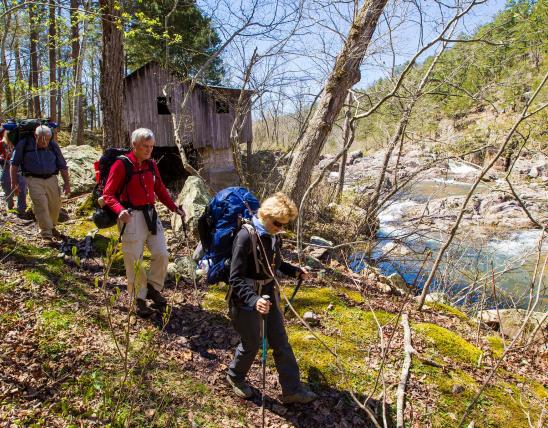The diversity of wildlife species in Missouri's freshwater marshes is unmatched by any other type of habitat in the state. Management of these marshes can be challenging and rewarding.
Management techniques used in a particular wetland depend on one's objectives and the amount of water control that is available. If water control is possible, you can provide a great deal of habitat through water manipulations. If water control is not possible certain practices can still improve the wetland to meet your desired objective.
Listed here are some important management techniques that can be used to enhance wetland habitat.
Wetland Water Management Practices |
|||||
|
Wetland Habitat Types |
Water Control Needed |
Draw-Down Dates |
Dates of Re-flood |
Typical Important Native Plants |
Typical Food Plants That Can be Planted |
|
Flooded Timber |
Drain 100% and vary re-flooding depths annually |
January 1 to March 15 vary annually |
October 15 to December 1 vary annually |
Pin oak; pecan;willow oak, overcup oak, cherrybark oak, ragweed; smartweeds, spanish needles |
Japanese millet, pin oak and pecan seedlings, maples, cottonwoods, bottomland timber with understory shrubs |
|
Seasonally Flooded Croplands |
Drain 100% and re-flood |
In time for spring farming |
Start by October 15 or after crop harvest |
Pigweed, ragweed, wild millet, foxtail, smartweeds, panic grass, crab grasses, rice grasses, Spanish needles, buckwheat |
Corn, grain sorghum, Japanese millet |
|
Marsh Areas |
Mud flats: up to 100% drawdown |
May 1 to July 1 |
September 1 through November 15 |
Mud Flats: Wild Millets; yellow nutgrass, smartweeds, rice cutgrass, button bush |
Japanese millet, transplant native marsh plants |
|
Small Lakes and Farm Ponds |
Lower water to expose edge as practical |
Early June |
Fall rains to refill |
Cattails, willows, lotus, sedges, pondweeds, shrubs, bulrushes, smartweeds, wild millet |
Japanese millet, transplant native marsh plants |
|
Deep Waters |
No water control |
Willows, maples, cottonwoods, bottomland timber with understory shrubs |
Millets (mud flats), upland grain food plots |
||
Benefits of Managing Wetland Habitats |
||
|
Wetland Habitat Types |
Animal Life Most Benefited |
Some Added Benefits |
|
Flooded Timber |
Mallard, beaver, wood duck, woodcock, mink, squirrel, raccoon, herons |
Substantial waterfowl and raccoon hunting, furbearer harvest, birdwatching, nut harvest, timber harvest |
|
Seasonally Flooded Croplands |
Migrant waterfowl, songbirds, shorebirds, jack snipe, rails |
Substantial waterfowl hunting, snipe hunting, rail hunting, control of crop pests and weeds |
|
Marsh Areas |
Marsh songbirds, frogs, turtles, raccoon, muskrats, waterfowl, mink, herons, egrets, fish, aquatic insects, shorebirds |
Furbearer harvest, moderate waterfowl hunting, moderate fishing, cattle water. |
|
Small Lakes and Farm Ponds |
Shorebirds, frogs, fish life, muskrats, upland and marsh songbirds, deer, waterfowl |
Fishing, waterfowl hunting, furbearer harvest, swimming , cattle water, irrigation, water supply |
|
Deep Waters |
Beaver, muskrats, waterfowl, shorebirds |
Fishing, swimming, waterfowl hunting, picnicking, water supply, water sports |

